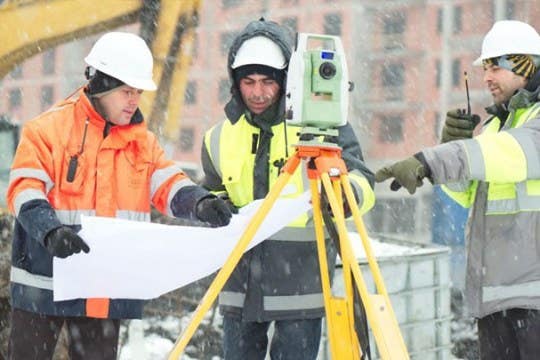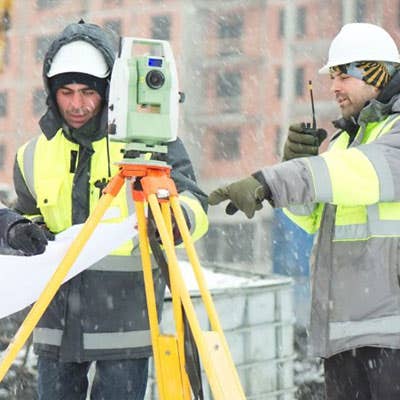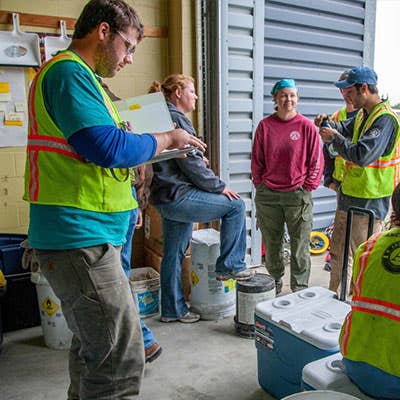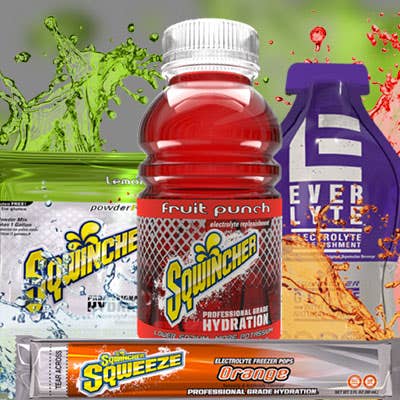
Winter Dehydration Symptoms & Solutions
By John Heniff, Safety Writer, Magid
We all know working in a hot environment, whether indoors or outdoors, can cause workers to become dehydrated and develop heat illnesses like heat cramps or even heat stroke. But did you know that workers can become dehydrated even in cold environments? It’s true!


WINTER CAUSES OF DEHYDRATION
While it’s natural to think dehydration is dehydration, no matter what the temperature, that’s not true for four reasons.


1. Fluid Loss from Sweat
Working outside on hot days or inside warm environments causes workers to sweat and lose fluids. But when the air is colder and drier, sweat evaporates faster than it would in a warm environment. This makes it less obvious to the worker that they’re losing fluids and more likely that dehydration can progress without the worker noticing.


2. Fluid Loss from Respiration
One of the easiest ways to tell it’s cold outside is to see your breath in the air. What your workers may not know is when the body exerts more energy in cold environments, it loses more water vapor while exhaling compared to warm environments. This is because colder air is dryer and doesn’t contain as much water vapor as warmer air. So when your workers are breathing in dry, cold air, their body fluids are being depleted and they are becoming dehydrated.


3. Lack of Thirst
Cold temperatures can negatively affect a worker’s ability to tell how thirsty they are. If a worker doesn’t feel thirsty, they might not drink as much water or electrolyte-replacing beverages as they need to throughout the day.


4. More Frequent Urination
In order to keep our inner core warm in cold environments, our bodies pull blood and other fluids from our extremities towards our core. This can cause workers to urinate more and become dehydrated.
COLD WEATHER SIGNS OF DEHYDRATION
Much like hot weather dehydration, symptoms of cold weather dehydration depend on whether the dehydration is mild, moderate, or severe.
Milder symptoms can include:
- Increased thirst
- Dry mouth
- Dry skin
- Fatigue
- Mood swings
- Dizziness
- Fainting
- Decreased urine output
- Darker urine
More severe symptoms can include:
-
Amber or deep yellow urine
-
Severely decreased urine output
-
No urine output
-
Dizziness
-
Lightheadedness
-
Fever
-
Muscle cramps
-
Lack of skin elasticity
-
Lethargy
-
Confusion
-
Seizure
-
Shock
HOW TO PROTECT YOUR WORKERS FROM WINTER DEHYDRATION
Proper Hydration in the Cold
Mild to moderate symptoms of dehydration can be prevented or remedied by drinking enough water or electrolyte-replacing beverages before, during, and after work. However, severe dehydration might not be helped with just liquids so workers may need proper medical treatment in the form of intravenous fluid replacement.
You can encourage your workers to regularly drink water or electrolyte-replacing liquids by having them regularly available in their job site or immediately nearby. Note that the exact amount of fluids depends on factors like age, sex, medical conditions, and strenuousness of the working conditions. For example, older workers don’t retain water or adapt to changes in temperature as well as their younger colleagues, so they may need to drink more in cold environments.


Proper PPE Worn in Layers
Workers lose more body heat when they’re wearing wet clothing. Emphasize the importance of wearing layers of dry clothing like warm jackets, knit hats, or helmet liners that workers can easily take off or put on if the temperature changes. Include helpful tips such as wearing a moisture-wicking fabric as a base layer so sweat and moisture doesn’t get trapped against the skin and cause discomfort. Remind your workers that the body needs to work harder to keep warm if they lose body heat, which can make it harder for them to stay hydrated, too.
Taking Breaks in Warm Areas
In hot environments, it’s recommended that workers spend their breaks in the shade or in cool environments to regulate their body temperature. For workers in cold environments, the opposite is true! Set up warming areas for break time to help maintain a healthy body temperature while staying hydrated.




Download our FREE Cold Weather Safety Training Presentation to add a new safety resource to your training library!




